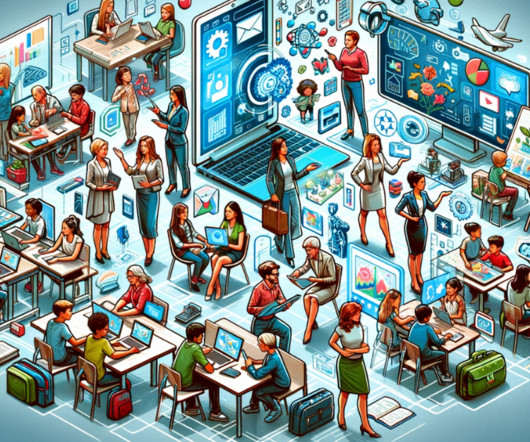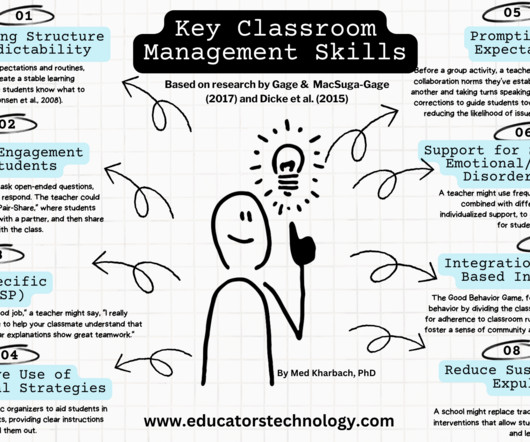Characteristics of The 21st Century Teachers
Educational Technology and Mobile Learning
JANUARY 3, 2024
An adaptive teacher is able to recognize and respond to the different needs and backgrounds of their students, adjusting their approach to maximize learning for all. This could involve using differentiated instruction, incorporating multicultural education, or employing a range of assessment methods. Madda et al., Parsons, S.














Let's personalize your content